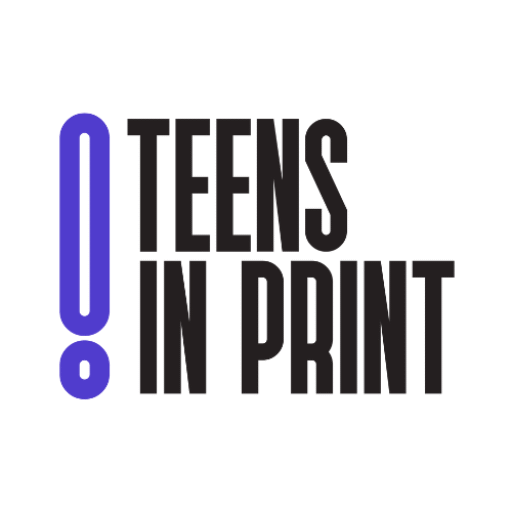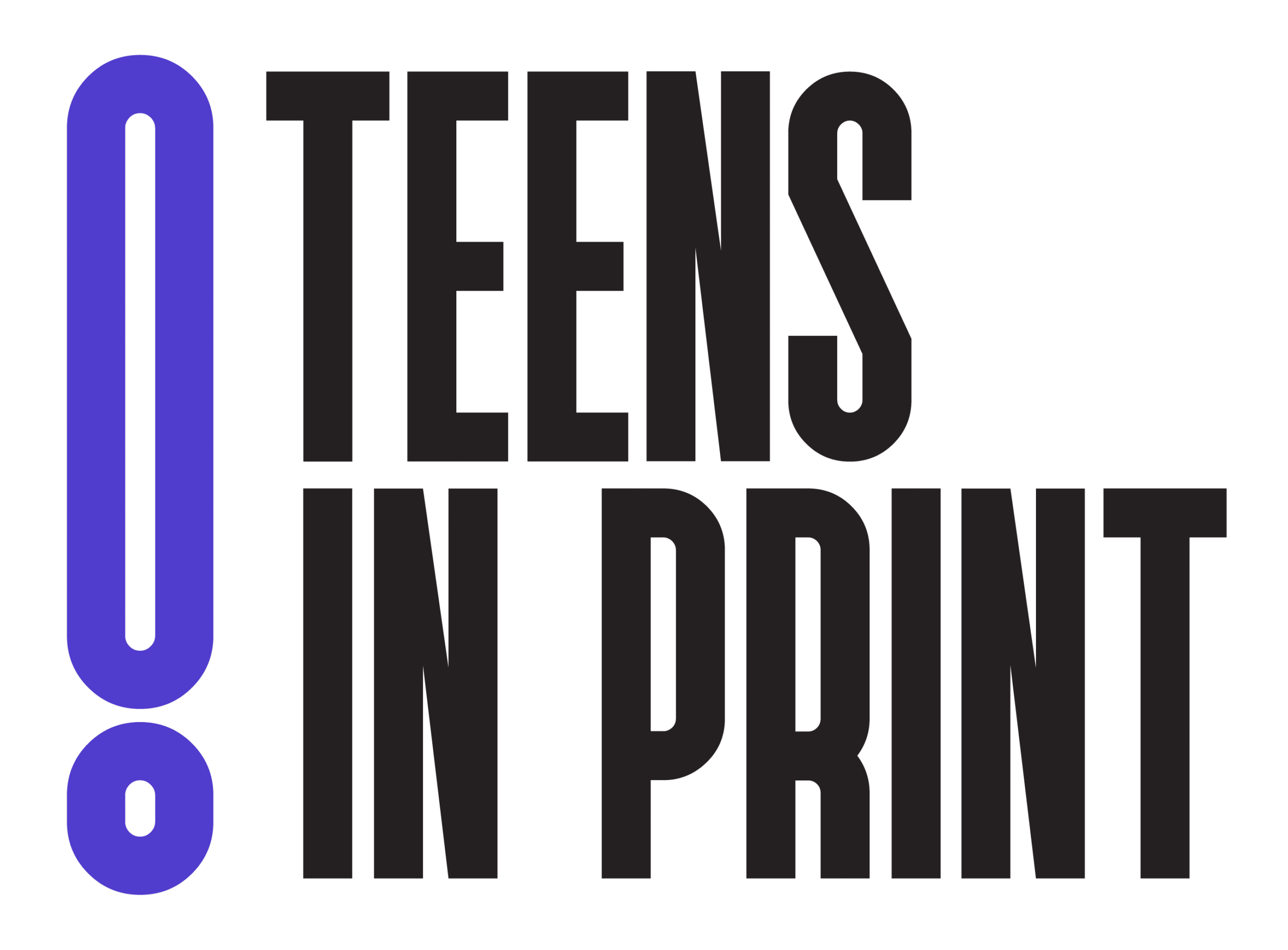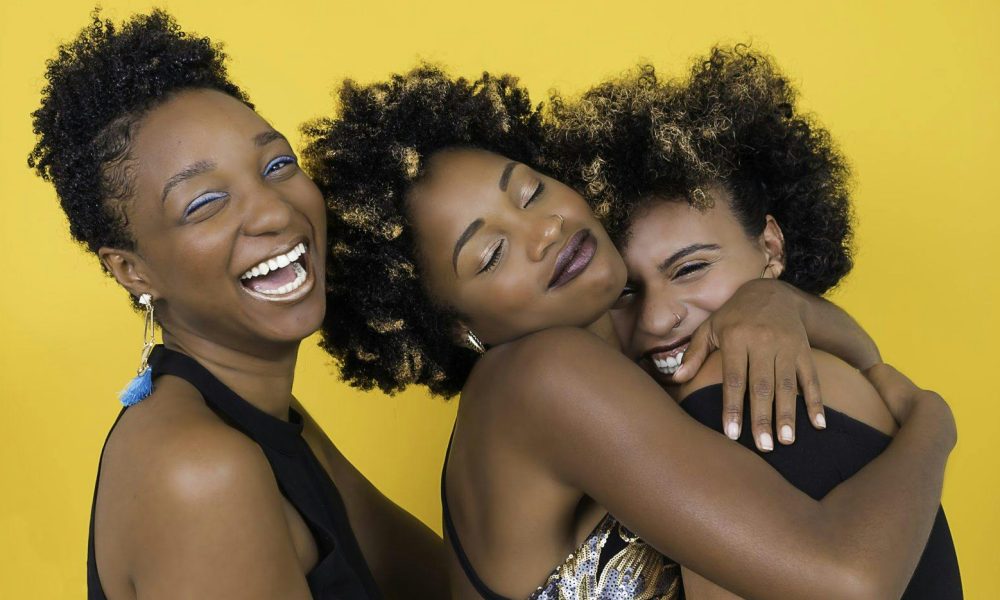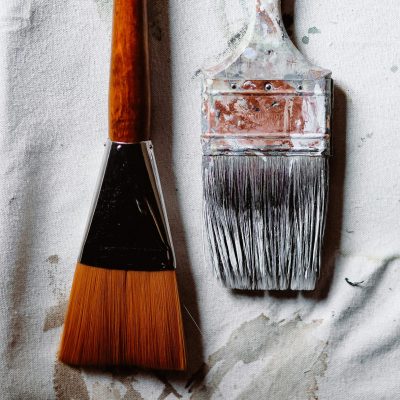Dear Black People, Embracing Your Natural Hair Isn’t Ghetto
African Americans make up approximately 15% of the U.S. population. Given that we are a substantial portion of our population, why does prejudice against our hair persist? Discrimination towards natural Black hair isn’t something new to society at all, it has existed for hundreds of years and is still ongoing today in places like schools and workspaces. The only thing that’s changed about how our hair is discriminated against is the justification for it.
There is no better way to combat ignorance than to educate yourself on its history. The Halo Collective is an amazing source that gives great background information on Black hair. Discrimination against black hair goes back to the fifteenth century, stemming from European colonizers who believed their hair was better than Afro-textured hair. They told Black people that our hair was inferior, that it was closer to wool, and called it “dreadful.”
These negative attitudes towards Black hair continued even after colonization and slavery, causing internalized disdain amongst Black people, and continuing to push negative attitudes towards Black hair from within the community as well. As a result of this, Black people have used dangerous products like hair relaxants to appeal to Eurocentric beauty standards.
The first step to eliminating hair discrimination is addressing it. “The ‘Good Hair Study’” by the Perception Institute was conducted to analyze attitudes towards Black women’s hair, bias towards Black hair occurs in various communities including Black communities. More specifically, when Black and White women were asked about “textured styles” such as afros and twist-outs, compared to “smooth styles” like straight hair and pixie cuts, Black women always found the textured styles more beautiful and professional. White women found textured styles less favorable compared to smooth styles. But when asked about how the U.S. would rate the hairstyles Black women and White women always put the textured styles at low scores, and the smooth styles at higher scores.
This study highlights the significant impact societal standards have had on Black hair. Constantly being pushed into fitting in with White beauty standards, society has perpetuated this idea that natural Black hairstyles cannot be seen as beautiful, attractive, or professional. By allowing these standards to dominate, we find ourselves unable to embrace our natural hair for what it is and always feel the need to fit into those white beauty standards.
But how can we embrace our natural hair when society doesn’t even allow us to take care of our hair? In Woburn, Massachusetts, Woburn Memorial High School implemented a bonnet ban in December 2023 that impacted a considerable amount of the already low amount of Black students attending. I asked a friend who attends the school how she felt about the ban. She told me that a few days before the ban was implemented, she took her braids out and was preparing to get them redone a few days after, so she went to school thinking that if she wore a bonnet there would be no problem. When she got to school, she was immediately told by her White teacher that she had to take the bonnet off and when she tried to explain why she couldn’t do that she got sent to the principal’s office with a group of White people and one other Black person. I asked her why her school decided to ban bonnets and she told me that they included it in the no hats and hoods ban.
This situation is just one of many others that happen all over the United States. Cases like Darryl George, Mya and Deanna Cook, and DeAndre Arnold are just some examples of hair discrimination in schools. All of these schools share something in common: they incorporate rules against significant things to Black individuals in their dress code. These aren’t just things like hoodies and hats either, they include specific and popular Black hairstyles and accessories but somehow fail to see that there is underlying racism in doing so. Bonnets and hairstyles like braids are essential to the Black community, and not allowing them is basically denying them their culture and individuality. Schools need to recognize this before implementing rules.
These racist beauty standards continue to harm places like workspaces and schools when they consider straight hairstyles more professional than natural Black hair. They don’t recognize the historical significance and negative stigma that black hair has always faced. They don’t recognize that black hair is more than just hair, it is a symbol of our history, the individual, the community, and so much more. So the next time you think your natural hair doesn’t look “professional” enough for your job, or “appealing” enough for people at school, remember that your hair is beautiful and important. Embrace it and don’t let other people’s opinions affect how you view your hair.









